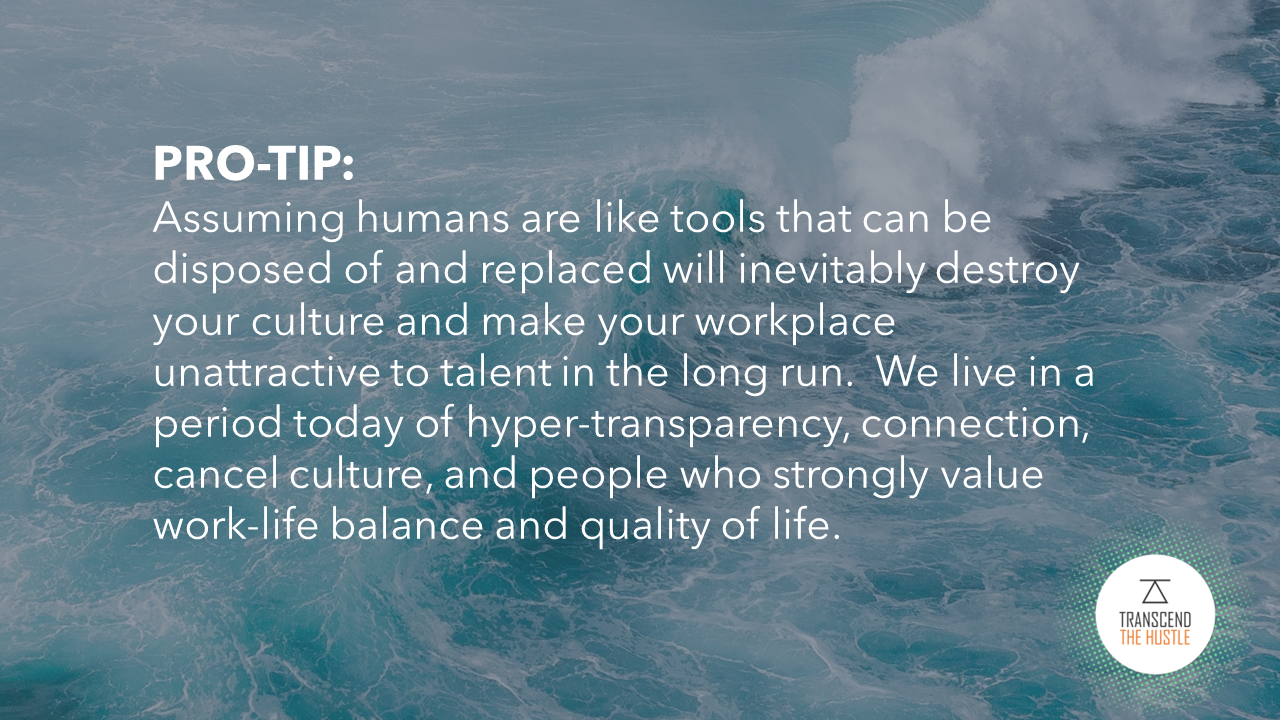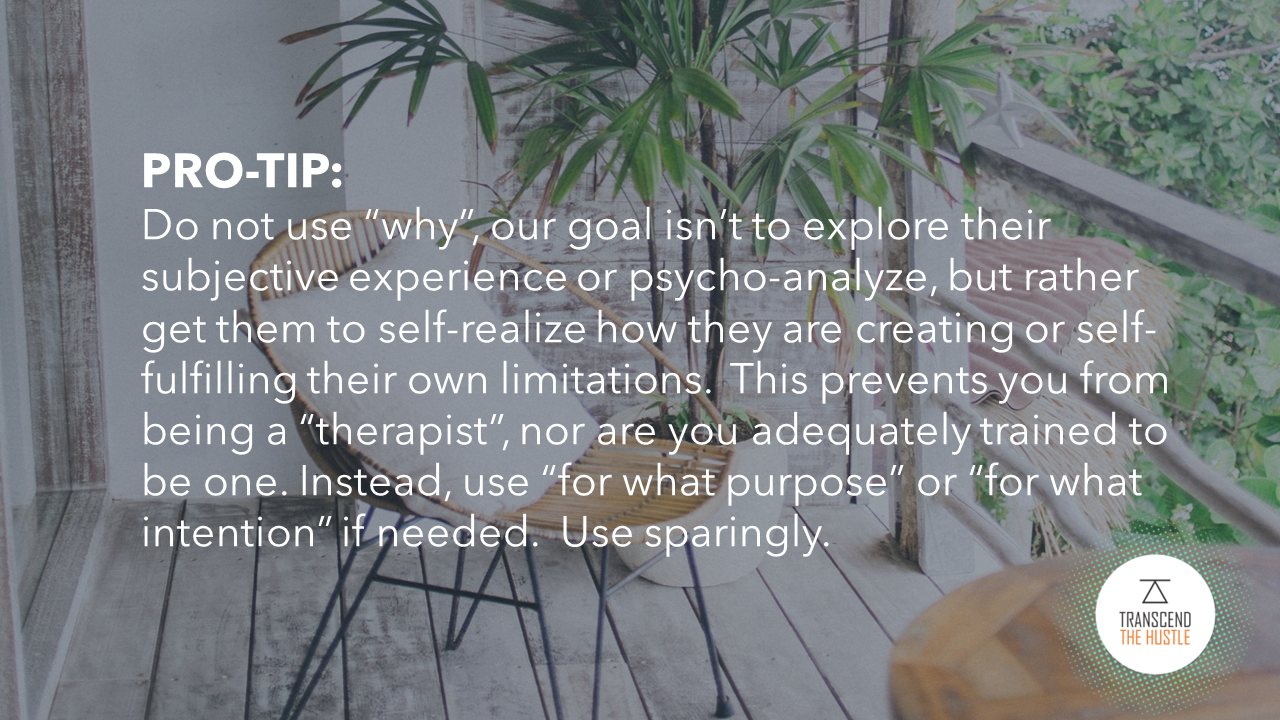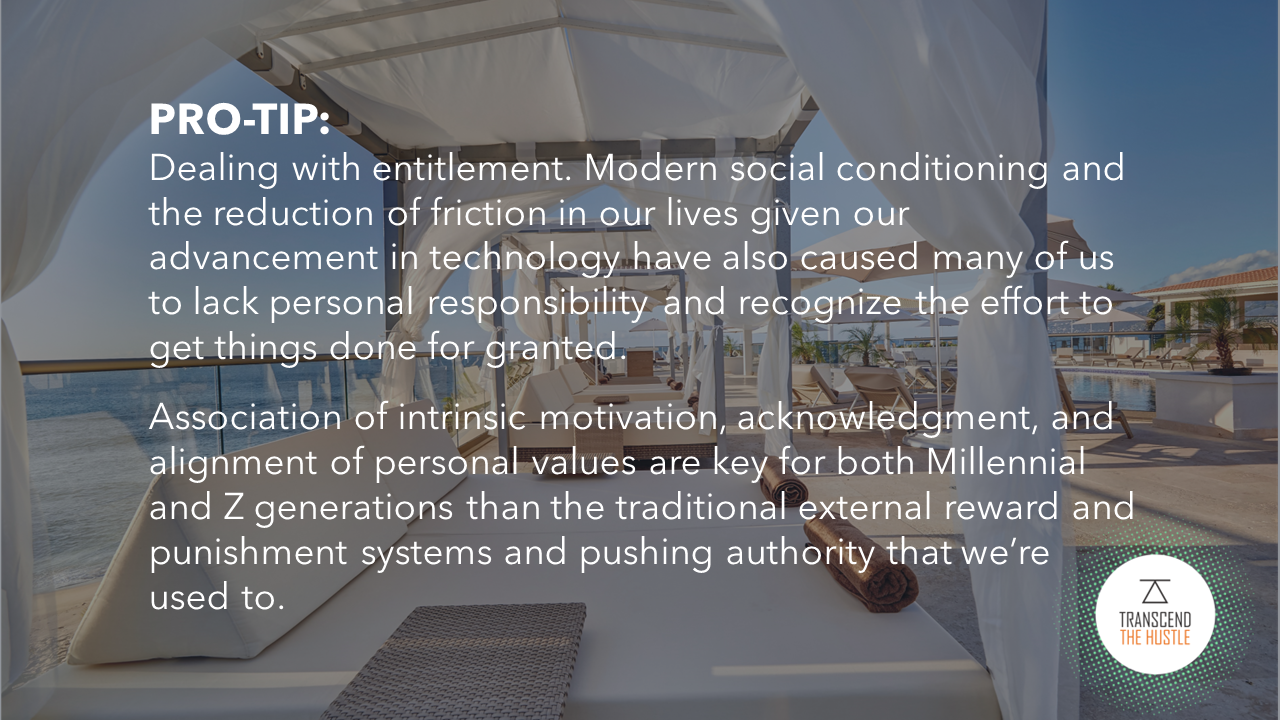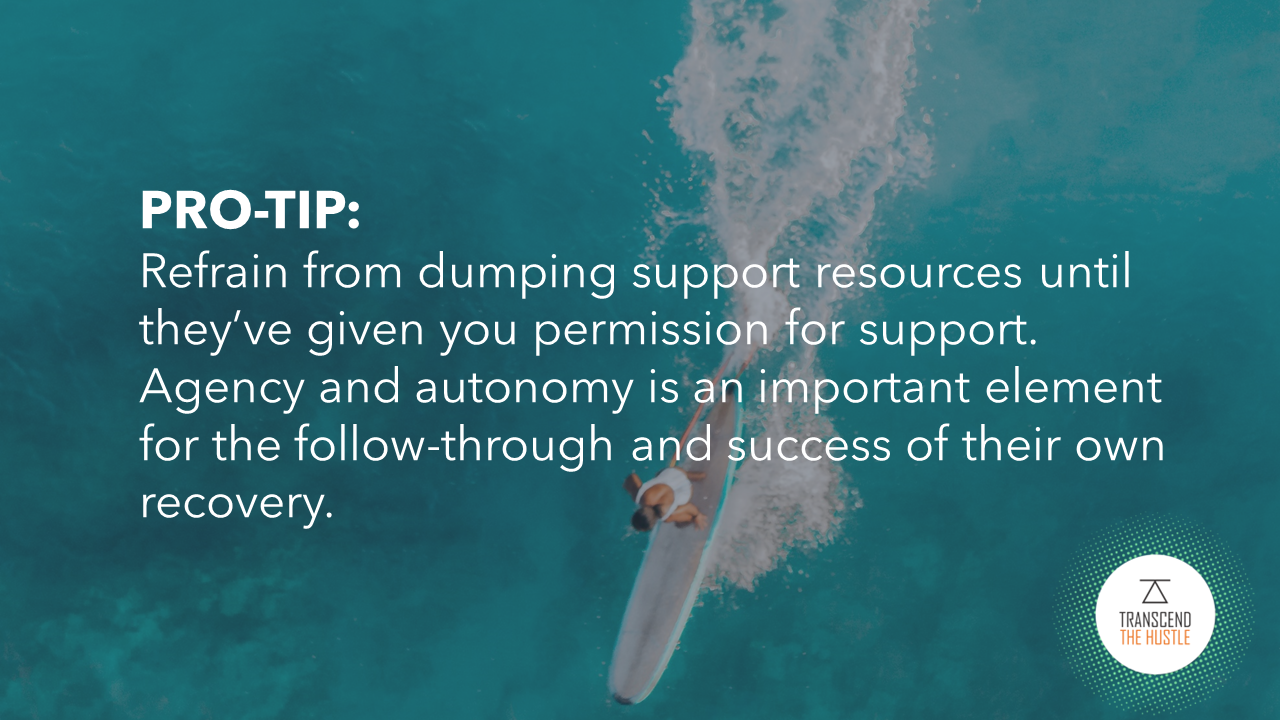Are you a workplace leader or manager? A HR professional looking to enrich your People to be aware and responsive to detecting burnout in the workplace?
Before we can apply any form of intervention, we need to choose an effective means to detect and identify burnout and take measures to support individuals
This is what’s called workplace burnout responsiveness.
When it comes to addressing workplace burnout, the solutions out there today fall along a spectrum between technology-driven and human-driven.
This can include anywhere from:
The focus of this guide is taking a human-centered approach, specifically on how managers can play a role in supporting the mental health of their teams and the burnout recovery process.
Learning this process will help to deepen your culture development work and values, and improve retention, engagement, and performance.
It’ll also increase trust, center on autonomy, and reduce resistance and costs with increased speed and quality of work.
Lastly, we will focus on building resiliency through relationships to navigate the volatility that results from today's market demands for innovation.
The Workplace vs. Individual
The common question around addressing the source of burnout and who takes responsibility is if it’s a workplace issue or an individual issue.
Simply, the answer is both.
Research shows that the root cause of workplace burnout stems from specific cultural norms and behaviors that include:
Many organizations look at implementing measures to prevent, stop and minimize these behaviors, however how we prevent burnout from happening and how we recover from burnout are different.
The fact is, burnout is a human condition.
In other words, machines and tools don’t suffer the same that we do from burnout, and at a workplace level, the process of management often overlooks that our workforce is human.
Being human comes with human related challenges when it comes to our quality of results and how we perform consistently.
And just like how we need people with specific technical skills to help maintain our machines, we also need people with specific human skills to help maintain our humans, especially in the workplace.
Whether or not we prioritize business over people, we need to find a balance to co-exist so we can maintain performance without sacrificing our wellbeing.
At the core level, the problems of burnout happen at the individual level.
Here are the five steps you’ll be applying to help your teams begin the recovery process:
Step 1: Establish Rapport
Have you ever wondered how we connect with people at a deeper level? Quite often we ask the standard question, “how are you feeling?” or “how are you doing?” and like a knee-jerk response it’s followed with “I’m fine.”
(Whether that’s true or not)
When it comes to effective communication, rapport is the channel that connects us at a deeper level. It’s that feeling and phenomena effect of trust that we strive for.
Especially with something as personal and vulnerable as our mental and emotional health, we need to establish rapport to help your peers open up to you and feel safe doing so.
How do you establish rapport?
Match and Mirror. We know when we have rapport when we begin to copy and resemble each other. That’s because we are the most comfortable with ourselves.
The technique to establish rapport is simple, begin to either match or mirror the following:
Body postures and gestures
Speed and tone of voice
Pace of breathing
Words and common experiences
How do we know when you have established rapport?
Visually, we might be able to see a skin tone shift and perhaps even softer, rounder features on the face and eyes. They might even say something like: “it’s as if we have known each other forever” and feel safe around you. It could be a warm fuzzy feeling inside.
The only sure way to know is if you begin to experience the phenomena of pacing and leading. As you move, they’ll begin to copy or mirror you.
Once it happens you can move to step 2.
Note: Don’t move on to step 2 until rapport is established or they will feel unsafe, uncomfortable, or even as if they are being judged moving them into a survival defensive position.
Step 2: Active Listening
The goal of active listening is to allow others to speak and feel heard. The biggest hurdle to active listening is your own mental voice.
So I’ll start off with what not to do and how to avoid it:
Processing their situation through your beliefs and lenses
Troubleshooting and problem-solving their situation
Cutting them off with your own thoughts, insights, and responses
The leading indicator when this happens is usually your own mind chatter - to effectively listen is clearing your mind and like an empty vessel, letting the other person fill your mind with their information.
If you find yourself feeling uncomfortable or tempted to problem-solve, just take notes. The act of taking notes focuses your mind on listening so you can accurately write down the situation. Come from a place or activate a state of curiosity within yourself to be more effective.
The only actions for you are to guide with questions starting with:
This encourages them to explore the patterns and details that are often generalized, deleted, and distorted which is preventing them from addressing their own challenges.
Listen for typical burnout-related patterns:
Very often we already have the solutions inside of us, especially when it comes to our own mental health and well-being.
The goal for step 2 is simple, let them verbalize and unload until they self-realize the solution to their own problem or the boundaries, including acknowledging the unknowns around their problem.
Step 3: Self Realization to Release Emotions
Self-awareness and realization is a very therapeutic process. Whether you’re an extrovert or an introvert, we’re still social beings.
Often we suppress our own thoughts and feelings and get stuck going through actions to move forward with our objectives. Over time we condition ourselves and learn to ignore and fail to process our own emotions by solely focusing on work and distractions.
Going through this process of holding space is akin to supporting others with their own mindful and meditation practice to release their stored thoughts and emotions and hear their own needs.
The only thing you have to do is acknowledge and echo their own realizations until they shift from helplessness to feeling motivated for change.
Step 4: Activate Self Motivation
Have you heard the phrase, “you can take a horse to water, but you can’t force them to drink”.
When it comes to the recovery and the sustainable well-being of others, we can’t do their growth work. No different than doing push-ups for someone and expecting that they will get stronger.
In reality, there are plenty of support resources out there for people to engage with for their own well-being, whether it already exists within or outside of their organization.
The biggest hurdle is when we project that responsibility outside us and feel victimized by our own external circumstances.
We can influence external factors, but we can’t control them. The only control we have is with ourselves.
The goal of this step is to guide them towards taking responsibility for their own wellbeing, even with the systemic and environmental factors at play.
Continue asking questions that get into the details and specifics to recover the information they need to be successful. That will naturally stimulate motivation.
Pay attention to some of these keywords:
The common pattern when motivation gets restored is a shift of responsibility back to themselves and breaks any patterns of blame.
Most of the time, the person will have a solution and a clear path to their own next steps. If not, you can help to prompt it.
With very little effort, good active listening skills, and encouraging questions, you’ll get sustainable change when they resolve it themselves.
That’s a positive effect of being a good manager, coach, and even a friend.
Step 5: Support Action
Once they are motivated for change, now is the time for you to support them.
Ask: “How can I help?”
Just as you’ve held curiosity while listening, the pacing and leading with the channel of rapport will also shift their emotional state to one of curiosity through this process.
If they don’t need your help, then your job is done. Just check in with them and encourage them on their progress.
If they ask for your help, feel free to share any workplace well-being resources available to them. This can include:
As you begin to incorporate these five simple steps as a management practice, you’ll begin to establish deep channels of trust, communication, and psychological safety.
You can use these same skills outside the workplace to support those around you, open up about their mental health challenges, and be encouraged to recover.
Many times when it comes to our mental health and well-being - it’s human connection that we all need.
Whenever you’re ready, there are three ways I can support you:
Join the Entrepreneur & People community and get one actionable tip on workplace wellbeing to activate high performance in your workplace.
Get one tip on a workplace wellbeing topic and deepen performance in the workplace in your inbox every Wednesday morning.
Join the HR & People community and get one actionable tip on workplace wellbeing to activate high performance in your workplace.





